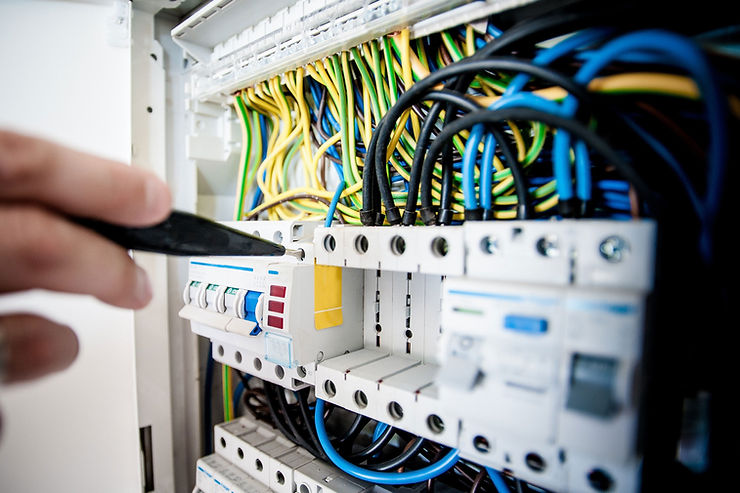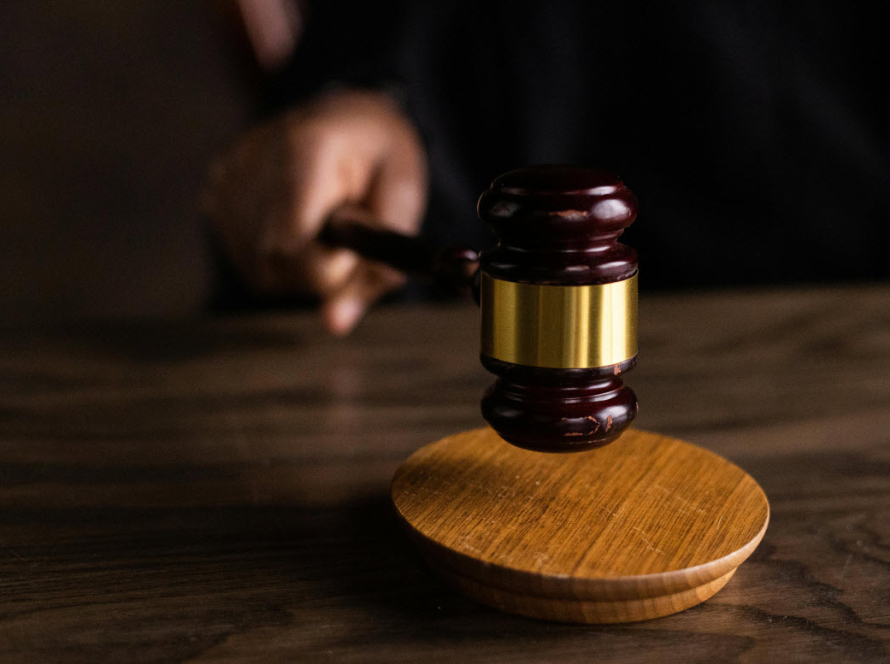Electric energy has become one of the basic needs of modern life and regular and safe use is of great importance in meeting this need. However, from time to time , for technical or administrative reasons, citizens may be fined for alleged “illegal use of electricity “. These fines can have severe financial consequences for both individuals and commercial enterprises. If there is indeed illegal use, this is of course subject to sanctions, but often due to technical errors, meter malfunctions or irregular detections , many people may be unfairly labeled as illegal users.
In such cases, it is of great importance for consumers to know their rights, to carry out the appeal process correctly and, if necessary, to seek their rights through the judiciary. Illegal electricity fines are not only a financial burden, but can also create legal and reputational problems.
What is Illegal Electricity Penalty?
Illegal electricity fines are financial sanctions issued by the relevant distribution companies in cases of electricity use outside the subscriber or outside the meter system. These fines, which are determined in accordance with the Electricity Market Law and related regulations, are associated with acts such as deactivating meters, connecting directly to the energy line or breaking seals. If such usage is detected, the consumer is charged a high amount of penalty and the payment process is initiated. Especially for commercial subscribers, these fines can reach costs of tens of thousands of liras.
However, not every penalty means actual illegal use. From time to time, illegal use may also be suspected due to malfunctioning meters, calibration errors, consumption fluctuations or deficiencies in sealing procedures. In such cases, fines may have been issued incorrectly. Therefore, illegal electricity fines must be based not only on the legality of the act, but also on the legality of the procedure and method of detection. This is where consumers’ rights against these fines come into play.
How to Detect Illegal Electricity Use?
Detection of illegal electricity use is carried out through field inspections by authorized technical personnel of distribution companies. During these inspections, meter connections, sealing status, installation structure and consumption records are examined. In particular, unsealed connections, deactivation of meters or connections directly to the energy line are reported by the technical team and recorded in a report. Generally, the consumer is also informed during these determinations and asked to sign the report. However, in some cases, a report is also issued without a signature.
The following situations are often considered suspicious in such determinations:
-
Meter seals are broken or removed,
-
Direct connection from the power line,
-
Technical faults that do not show consumption on the meter display,
-
Unusual declines relative to consumption history.
However, each of these findings is not an absolute indicator of illegal use. Similar situations may also occur due to meter malfunctions, manufacturer errors or external factors. Therefore, imposing a fine based only on the report prepared by the distribution company often leads to legally questionable results. Taking action without obtaining the consumer’s defense is considered a deficiency in the administrative action.
Right of Appeal and Legal Process
Consumers have the right to appeal against the illegal electricity penalty notified to them within certain time limits. This objection is made in writing directly to the distribution company and must be completed within the legal deadlines, which in most cases vary between 15 and 30 days. Applications that are not made within these periods are legally time-barred and the right to object is lost. Therefore, the date of notification should be carefully checked and the appeal petition should be prepared without delay.
In the legal process, first of all, the internal appeal mechanism is operated. If the distribution company rejects this application, the application to the court is opened. In this case, the judicial phase comes into play and the person has the right to file a lawsuit against the penalty. Completing the preparations, collecting documents and obtaining technical support, if necessary, before the start of the litigation process facilitates the successful execution of the process. This is because the consumer has to present a strong defense both technically and legally.
How to Appeal an Illegal Electricity Penalty?
The appeal process starts with a written petition. In this petition, it should be clearly stated why the penalty is being objected and on which technical or legal grounds it is based. In addition, if any, documents regarding meter malfunction, consumption decrease, and claims that the sealing process was not carried out in accordance with the procedure should also be attached. Details such as the consumer’s identity information, installation number, date and amount of the fine must be written in the petition.
The following documents may be used as supporting documentation when lodging an appeal:
-
Meter reading reports,
-
Billing history,
-
Technical service reports,
-
Witness statements,
-
Counter photos or videos.
Following the application, the distribution company evaluates the application and provides a written response, usually within 30 days. If this response is negative, the person can appeal to the judiciary. However, in some cases, the documents submitted at the appeal stage may cancel the fine. Therefore, it is important to prepare the objection carefully before filing a lawsuit, both in terms of time and cost.
Litigation Process and Application to Court
After the objection is rejected, the lawsuit process begins. The lawsuit is filed at the Consumer Court for consumers and at the Civil Court of First Instance for businesses. In the lawsuit petition, the grounds that the penalty is unfair should be written in detail and evidence should be attached to the file. At the same time, the cancellation of the fine and the refund of the payments should also be explicitly requested. The court will decide on the evidence presented and, if necessary, appoint an expert witness.
The following steps are followed in the litigation process:
-
A petition is filed and a lawsuit is filed.
-
The court gives the opposing party time for defense.
-
An expert is appointed and a report is prepared.
-
Statements of the parties are taken.
-
The court decides.
This process can take between 6 months and 1.5 years. If the court finds that the fine is unjustified, the fine will be canceled and any payments will be refunded. The costs of the proceedings and attorney’s fees may also be charged to the other party.
Presentation of Evidence and Expert Examination
The evidence presented to the court directly affects the course of the case. For this reason, the consumer must submit all technical documents to the file. In particular, reports on meter malfunction, sealing deficiencies, previous invoice transcripts and expert opinions help the court. The credibility and concreteness of the evidence also affects the expert report.
Most of the time, the court will have a technical expert examine the case. This expert examines the site and submits a detailed report. The report evaluates the condition of the meter, technical connections and sealing practices. If the expert report concludes in favor of the subscriber, the cancellation of the fine becomes almost final. For this reason, special technical reports obtained before the lawsuit should be added to the file and expert support should be obtained.
Cancellation of Penalty and Refund of Payment
If the court decides that the illegal electricity fine is unjustified, the fine is canceled. If the consumer has paid this fine, he/she is entitled to a refund with legal interest. For this refund, an application can be made directly to the company based on a court decision. If necessary, enforcement proceedings can also be initiated.
When the penalty is canceled , not only the financial burden is removed, but also the “illegal user” label on the consumer is erased. This is a great advantage for future proceedings. The costs of litigation are also paid to the winning party. Therefore , you should not hesitate to file a lawsuit in justified cases.
Supreme Court Decisions and Precedent Cases
The Court of Cassation’s decisions on illegal electricity fines are instructive for local courts. There are many precedent decisions that the penalty should be canceled, especially in cases of low consumption caused by technical faults. These decisions are important in terms of showing the case law in favor of the consumer.
Among the precedent decisions, the following examples stand out:
-
Underconsumption due to meter malfunction cannot be considered as illegal use,
-
If the sealing is not done in accordance with the procedure, the fine will be invalid,
-
If the record is unilateral, the burden of proof is on the company.
These decisions strengthen the defense during the litigation process. The addition of precedent decisions to the file by lawyers helps the judge to make a fairer assessment when making a decision. As a result, an unlawful sentence is not only annulled, but also creates a protective shield against similar injustices in the future.




